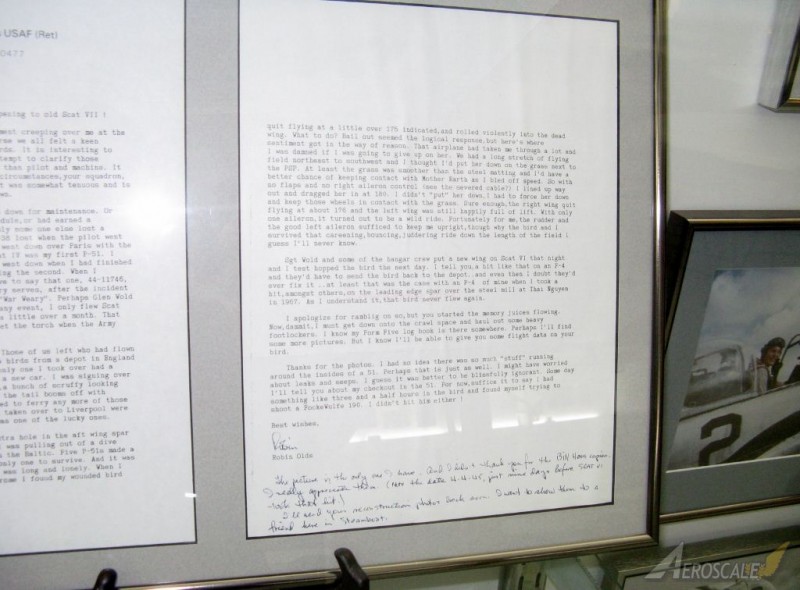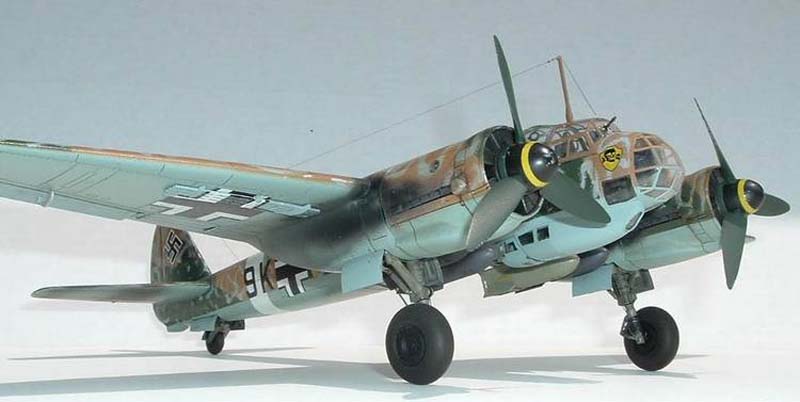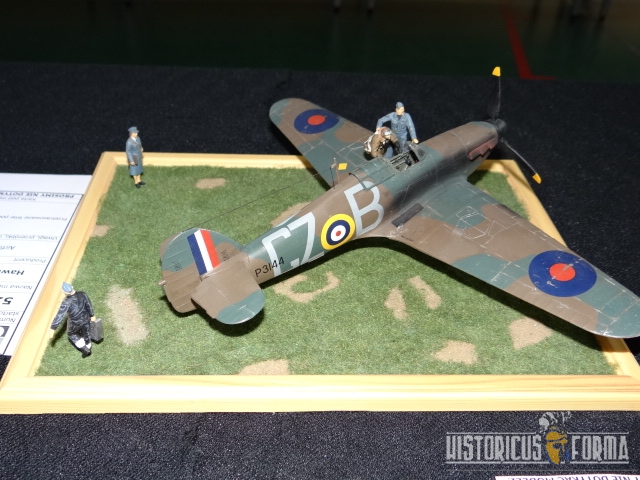I have a few questions. I'm pretty much set to paint my 1:72 Stuka. I got the preshade on it. Looks pretty good and I'm ready to give it color. Now the painting process seems pretty straight forward to me and will probably not be much different from the AFV's I have done so far.
But after that I kinda run into uncharted territory. I have not really access to big libraries of referencebooks. So I'm hoping to find my answers online.
1. What is the generic paint, weather and finish method for Luftwaffe aircraft?
I think from what I read it should be something like this
- Primer
- preshade
- paint/camo
- Chips (if neccesary)
- Gloss varnish
- Wash
- decals
- varnish of some sort?
2. What varnish were the Luftwaffe aircraft finished in? Matt, Satin or Gloss? (I guess this is quite important for the last step of question 1, If my assumptions on the order of operations are correct

 )
) 3. The Stuka book I have and the instructions of the Revell Stuka tell me the underside of the plane, the wings and the horizontal wings at the back need to be painted lightblue. But all the drawings I have seen online show a belly that is near white. How light was the blue used by the Luftwaffe?
4. How do you create the smoke/heat staining from the exhaust on the aircrafts body? By airbrushing or pigments or is there another method that works better then that?
I know this is quite a lot of question in one go. I have searched the articles Database here on Aeroscale but there is so much of it that I don't find it very easy to distill the information I'm looking for. So any help from the people who are better experienced then me is very welcome.
Thanks in advance.
With friendly greetz
Robert Blokker













































